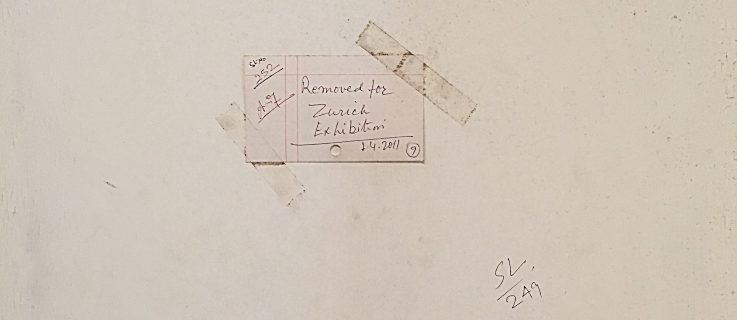Museums are institutions of Bildung insofar as they provide the basis for it: education, instrumental knowledge, on which Bildung rests and builds itself upon.
The name of Wilhelm von Humboldt sounds familiar to the most of us. He was the reformer of the university system in the Prussian state in the early 19th century. What plays a crucial role in his theory about the university and education system is a word that first was used in times of European mysticism by Meister Eckhart: the word Bildung. It contains the word Bild = image. Bildung means a process, a process of forming a Bild, an image. As in Christian theology, the similitude to God can’t be established as a similitude of form, it only can be conceived as an inner similitude, a likeness inside. The form of Bildung is an inner form, the process of Bildung as forming this inner imago is an internal process.
Bildung needs to be provided, and Humboldt saw it as the state’s task to establish and to maintain a schooling and university system that enables the individual to pursue both, the acquisition of instrumental knowledge, and the self-perfection by forming the inner self. In his text “ideas for an attempt to define the limits of the power of the state” (1792), Humboldt writes: “In my opinion, the Bildung of the human being should always prevail, and this Bildung should aim at the maximum of freedom… . The human, formed in such a way, then shall enter into the arena of the state, and the state’s condition has to be examined and scrutinized in relationship to it, and it (the state) needs to prove itself right.”
Museums are institutions of Bildung insofar as they provide the basis for it: education, instrumental knowledge, on which Bildung rests and builds itself upon.
Download full article (English)
